Assume that the nuclear binding energy per nucleus(B/A) versus mass number (A) is as shown in the figure Use this plot to choose the correct (s) choice given below

Fusion of nuclei with mass numbers lying in the range of 1<A<50 will release energy.
Fusion of nuclei with mass numbers lying in the range of 51<A<100 will release energy.
Fission of a nucleus lying in the mass range of 100<A<260 will release energy when broken into equal fragments.
Fission of a nucleus lying in the mass range of 200<A<260 will release energy when broken into equal fragments.
The correct Answer is:b,d
In fusion, two or more lighter nuclei combine to make a comparatively heavier nucleus.
In fission, a heavy nucleus beaks into two or more comparatively lighter nuclei.
Further, energy will be released in a nuclei process if total binding energy increases.
Hence, correct options are (b) and (d).
Topper's Solved these Questions
- BOOK - CENGAGE PHYSICS ENGLISHCHAPTER - NUCLEAR PHYSICSEXERCISE - Linked comprehension type5videos
NUCLEAR PHYSICS
- BOOK - CENGAGE PHYSICS ENGLISHCHAPTER - NUCLEAR PHYSICSEXERCISE - Integer type3videos
NUCLEAR PHYSICS
- BOOK - CENGAGE PHYSICS ENGLISHCHAPTER - NUCLEAR PHYSICSEXERCISE - Fill In The Blanks5videos
NUCLEAR PHYSICS
- BOOK - CENGAGE PHYSICS ENGLISHCHAPTER - MISCELLANEOUS VOLUME 5EXERCISE - Integer12videos
MISCELLANEOUS VOLUME 5
- BOOK - CENGAGE PHYSICS ENGLISHCHAPTER - PHOTOELECTRIC EFFECTEXERCISE - Integer Type4videos
PHOTOELECTRIC EFFECT
Similar Questions
Assume that the nuclear binding energy per nucleon (B/A) versus mass number (A) is as shown in the figure. Use
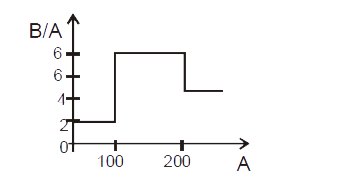
this plot to choose the correct choice(s) given below. FigureView SolutionAssume that the nuclear binding energy per nucleon (B/A) versus mass number (A) is as shown in figure. Use this plot to choose the correct choice(s) given below.
(a) Fusion of two nuclei with mass numbers, lying in the range of 1<A<50 will release energy.
Fusion of two nuclei with mass numbers lying in the range of 51<A<100 will release energy.
(c) Fission of a nucleus lying in the mass range of 100<A<200 will release energy when broken into two equal fragements.
(d) Fission of a nucleus lying in the mass range of 200<A<260 will release energy when broken into two equal fragments.
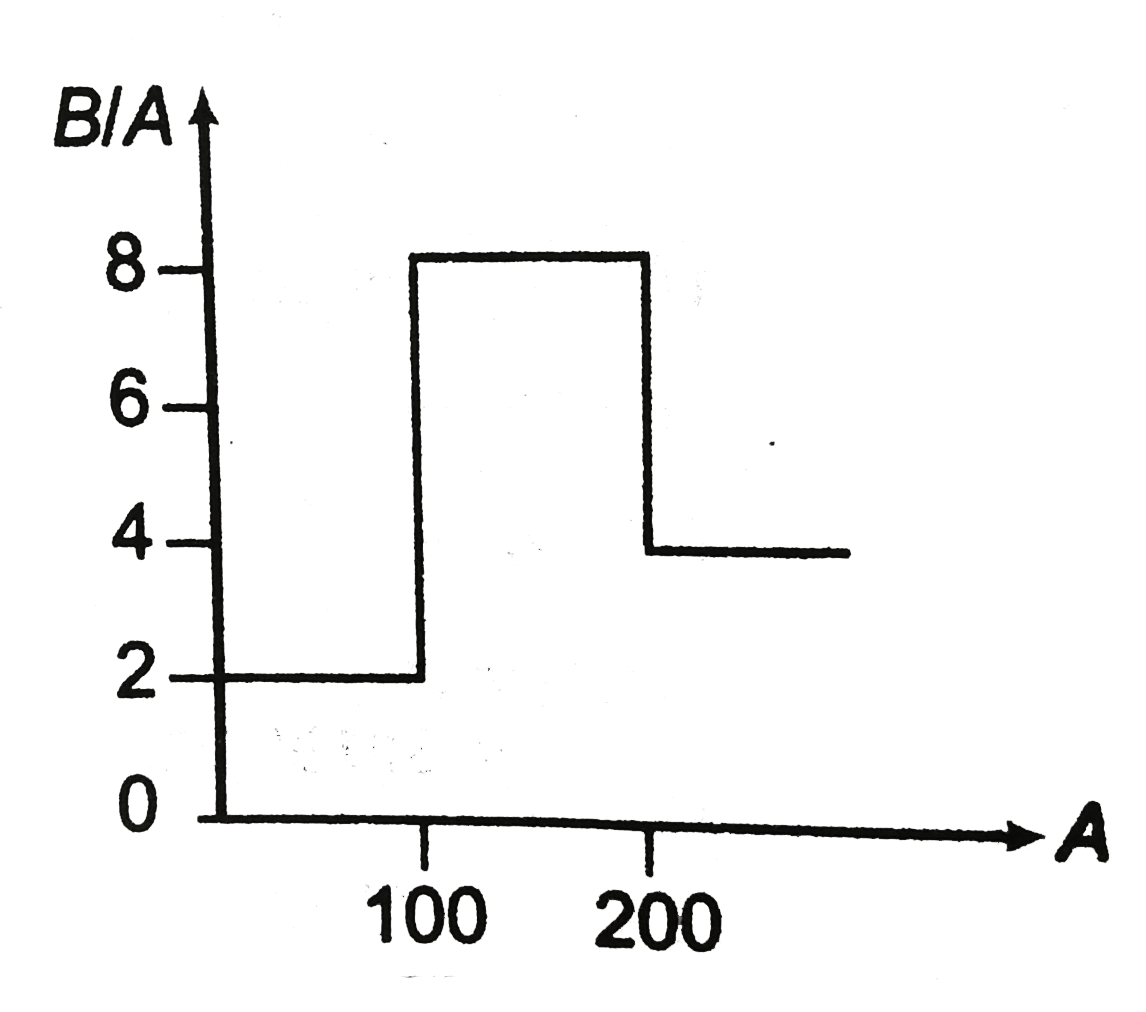 View Solution
View SolutionAssume that the nuclear binding energy per nucleon (B/A) versus mass number (A) is drawn and is as shown in the figure. Consider a nucleus of A=110. Fission of the nucleus results into 2 fragments Then which of the following sets could be possibly the mass numbers of the resulting nuclei
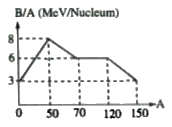
A) 55 and 55 B) 70 and 40
C) 100 and 10 D) 90 and 20View SolutionT-V diagram of two moles of a monoatomic gas is as shown in figure.
For the process abcda choose the correct options given below
 View Solution
View SolutionIn the poteniometer experiement shown in figure, the null point length is l. Choose the correct options given below
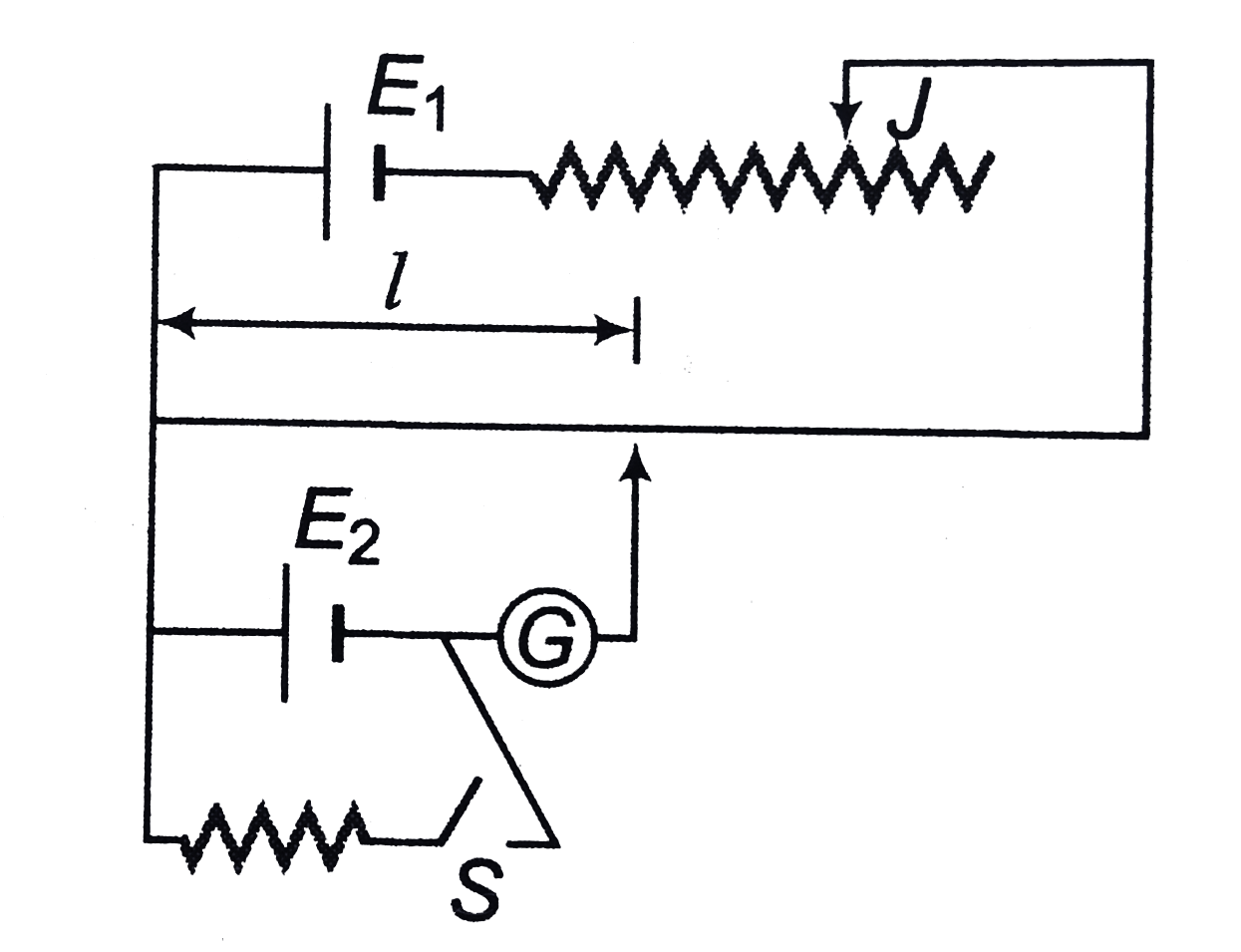 View Solution
View SolutionAs the mass number A increases, the binding energy per nucleon in a nucleus.
View SolutionBinding energy per nucleons vs mass curve for nucleus is shown in the figure W,X,Yand Z are four nuclei indicated on the curve . The process that would release energy is
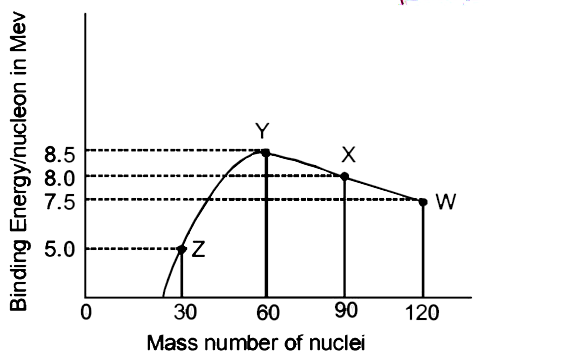 View Solution
View SolutionConsider the following statements and state whether true (T ) or false ( F ) :
(i) Nuclear fission is normally followed by emission of β− - particles.
(ii)Emission of α− particle is normally followed by emission of γ− rays
(iii) As the mass number A increases, the binding energy per nucleon in a nucleus also increases
Choose the correct order from the options given belowView SolutionIn the circuit shown in figure it is given that Vb−Va=2 volt. Choose the correct options
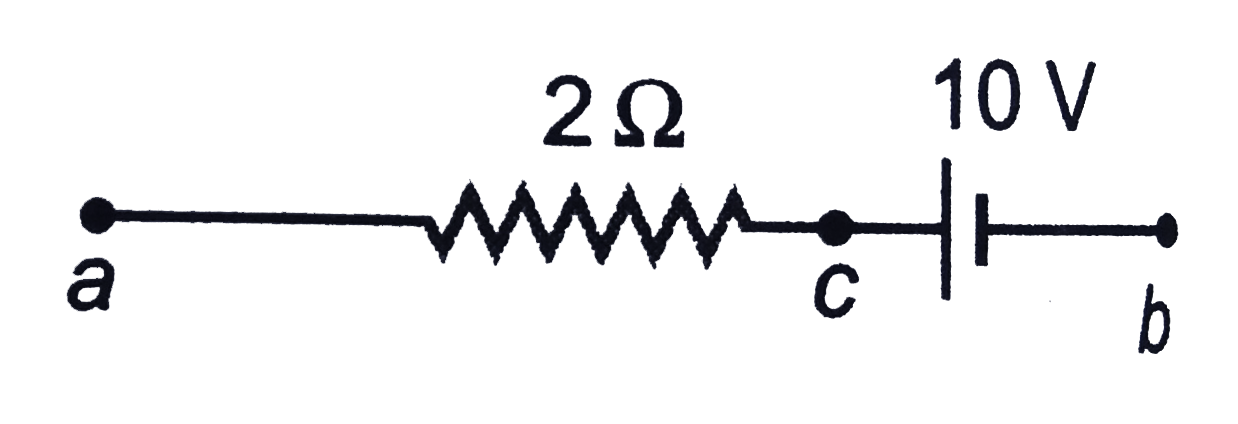 View Solution
View Solution(a) Explain the processes of nuclear fission and nuclear fusion by using the plot of binding energy per nucleon (BE/A) versus the mass number A.
(b) A radioactive isotope has a hald -life of 10 years. How long will it take for the activity to reduce to 3.125%.View Solution

